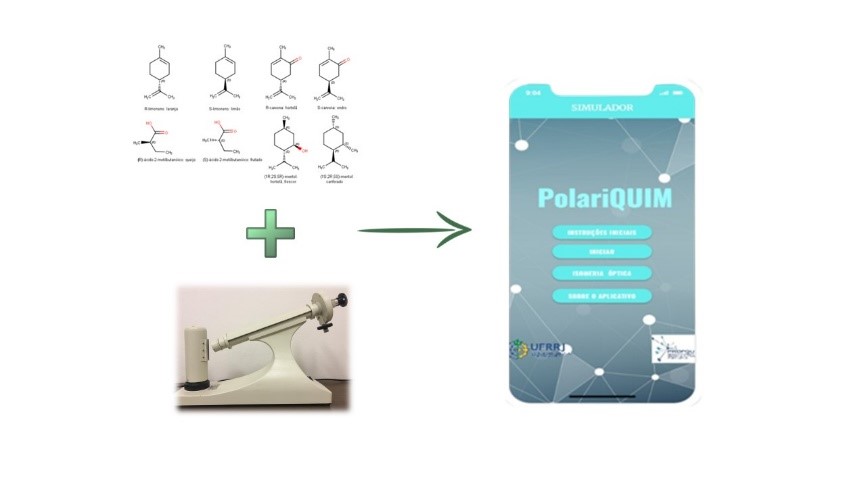USE OF DIGITAL TECHNOLOGY AS A FACILITATING STRATEGY FOR THE TEACHING-LEARNING PROCESS OF OPTICAL ISOMERISM IN SECONDARY EDUCATION
DOI:
https://doi.org/10.36524/ric.v10i2.2433Keywords:
teaching chemistry, teaching optical isomerism, Adalo, educational software, university preparatory courseAbstract
Nowadays, society in general and schools are immersed in a reality marked by technologies in their most varied forms. Thus, the use of Information and Communication Technologies (ICDTs) provides tools with the potential to help the teacher in the mediation process and in the teaching-learning process, bringing motivation, clarity and contextualization to the content taught. Thus, it is a valuable approach to the content of Stereoisomerism, which requires a certain degree of abstraction from the students to be understood. The aim of this work was to develop a didactic proposal for teaching Optical Isomerism using a simulation of a polarimeter developed using a "no code" platform (Adalo®). The application was evaluated in terms of its use by applying a satisfaction questionnaire to a pre-university entrance exam class at a preparatory course in Baixada Fluminense. The impacts of using the app on learning/knowledge, motivation, enjoyment, and experiences perceived by users when handling the app were evaluated. The analysis of the results showed that the application was effective as an auxiliary tool in Optical Isomerism classes, as a motivational tool, being considered simple and intuitive by a large percentage of the participants, helping in the teaching-learning process of the subject Optical Isomerism.

Downloads
Published
Issue
Section
License
Copyright (c) 2024 Revista Ifes Ciência

This work is licensed under a Creative Commons Attribution-NonCommercial-NoDerivatives 4.0 International License.
Autores que publicam nesta revista concordam com os seguintes termos:
- Autores mantém os direitos autorais e concedem à revista o direito de primeira publicação, com o trabalho simultaneamente licenciado sob a Licença Creative Commons Attribution que permite o compartilhamento do trabalho com reconhecimento da autoria e publicação inicial nesta revista.
b. Autores têm permissão e são estimulados a publicar e distribuir seu trabalho online (ex.: em repositórios institucionais ou na sua página pessoal) a qualquer ponto antes ou durante o processo editorial, já que isso pode gerar alterações produtivas, bem como aumentar o impacto e a citação do trabalho publicado (Veja O Efeito do Acesso Livre).


